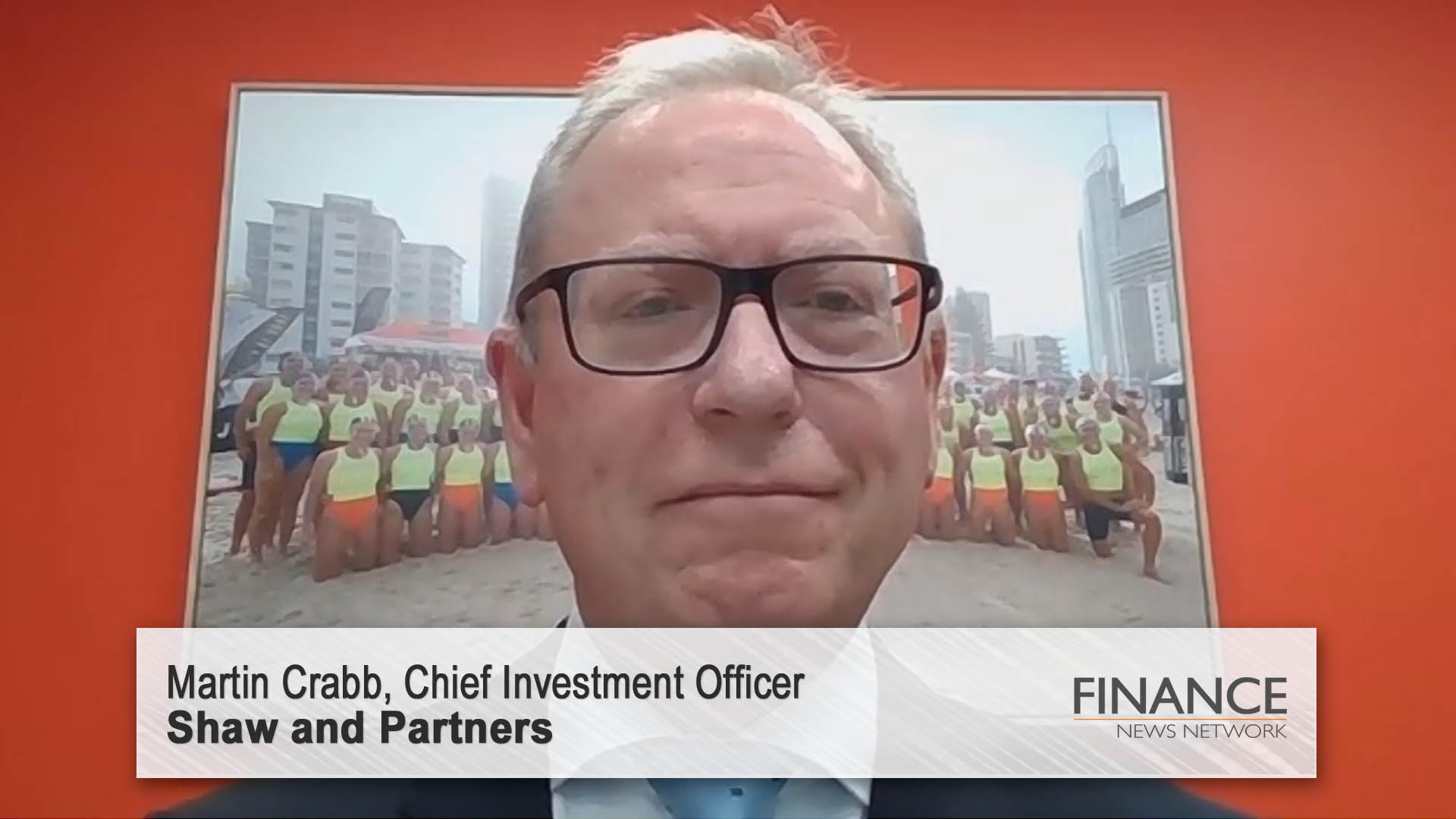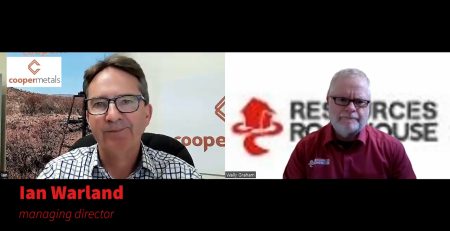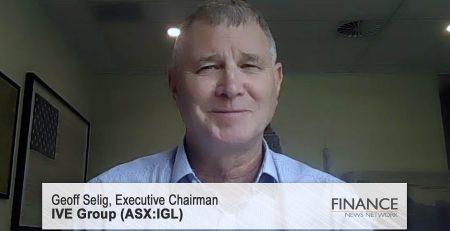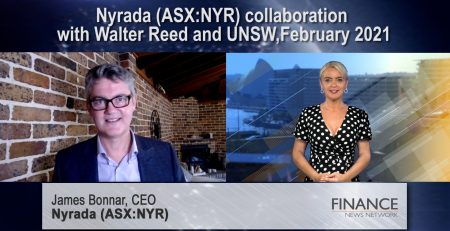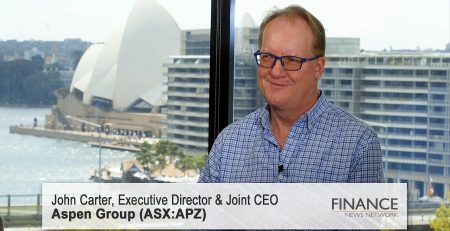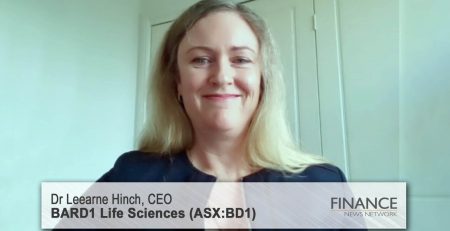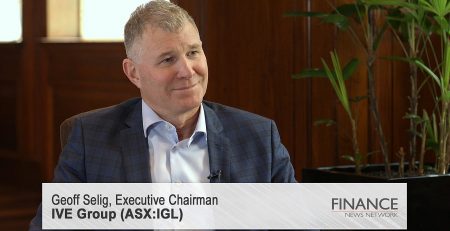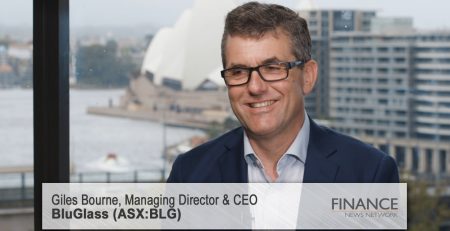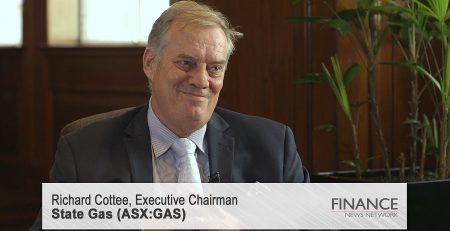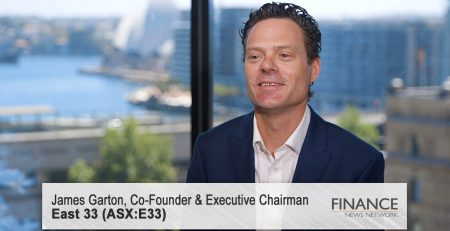Market update with Shaw and Partners, June 2021
Shaw and Partners Chief Investment Officer Martin Crabb discusses measures of growth, inflationary pressures, and similarities between post-war environments and the current economic situation.
Thanks, Clive. Just had the one break. I'm doing these each month for quite a considerable period of time. It's always a challenge to try and distil my thoughts about markets into a 5 or 10 minute introduction to some of the interesting companies and speakers we have today, but let me try.
So, the narrative I've been using for most of this year is that we've been through a warlike environment and we're entering into a post-war environment. And why do I say that? Well, quite simply, the coronavirus has killed more Americans than the Second World War did by about 200,000, and the number of fatalities in the US is approaching the number of people who died in the Civil War, which is the biggest loss of life in US history. So, whether we think of it as war, definitely through that lens it is a war, and governments have responded to the pandemic like you would in a war.
So, you mobilise your forces, you do everything you can to shore up the economy, and you spend a lot of money. So, the Biden budget proposal, which is currently before Congress, is for a $6 trillion budget deficit, and that's just over 25 per cent of GDP, and that was matched only by the budget deficit in World War II. So again, you can see the parallels there. The government steps in and stimulates GDP by a quarter, and obviously that's financed by the US Federal Reserve. So, the US Federal Reserve, in fact, central banks around the world, are buying about $1 billion of assets, ie issuing $1 billion worth of currency every hour. That's an $8.5 trillion annualised rate throughout last year.
So, as an equity strategist, I don't have to spend a lot of time thinking about whether there's growth in the economy or whether company earnings are going to grow. With that level of stimulus out there, it's a bit of a no brainer that companies will make more money next year than they made last year, as economies open up. Now, it won't be even. We know that. There's some winners and losers from COVID, and we've already seen that, but with that amount of public spending alone, we're going to see higher profits and higher revenues going forward.
Add to that the unspent spending number. So, the national accounts just came out this morning for Australia, and we're still saving over 10 per cent of our income. It's about 11.8 per cent of our income in the March quarter. So, despite the fact that a lot of the country's opened up, we are still saving a significant sum of money. So, if you add up all the money that would have been spent since February last year, it's well over $200 billion in Australia. So, that's about 11 per cent of GDP.
So, if you like, that's unspent consumption that we're going to see. So, that's in excess of what the government's spending in terms of the deficit. So, we'll have a high single digit deficit here. They'll have a 25 per cent deficit in the US. And obviously, around the world, different countries are spending different sums of money, but. So, we've got a pretty predictable setup from the earning side, so really what everyone's focusing on now is A, exchange rates and B, how much do you want to pay for those income streams? Because, obviously, with cash rates at zero, we need to really think about how much we're going to pay for income-producing assets, or even non-income-producing assets, such as cryptocurrency, gold and even housing.
So, that's where we are at the moment. We're probably reaching a point where we, in the short-term anyway, have got peak growth. We've got purchasing managers, indices, and other measures of growth that are reaching record highs. So, the US services indicator reached a level of 70 — it's never reached a level of 70 before — as that economy comes out of lockdown. So, we're going to probably have a period of high but slowing growth. And we're really looking at assets that do well when there's high and slowing growth, rather than the ones that are the reopening trade.
So, really, the focus of investors is switching from the earning story, which is pretty much baked in, to "How much do I want to pay for these things?" So, inherent in that is what happens with inflation. So, central banks were created really to fight inflation. They now have the job of creating it, which is a little bit of a different setup for them, and there's a little bit of scepticism about how easy it is to produce inflation. Obviously, we've got things like demographics, we've got things like globalisation, we've got things like technology, which are all deflationary by nature, and then we obviously have countries trying to push their currency down to create inflation. Not all currencies can fall at the same time, of course.
So, we do have some quite large deflationary forces in society that central banks are pushing against. So, we have to print a lot of money and start getting wages moving and start getting unemployment down before we start to see longer-term inflation trends change. We are seeing what we call transitory inflation, because at this time last year the economy was pretty much locked down. We had negative oil prices, if you remember. So, compare anything to last year and it looks a lot better.
The Fed is going to wait until another couple of months to look at inflationary pressures to see if it's baked in or not. So, the narrative of the market then turns around to, "When is inflation going to be apparent? And when one of these spigots is going to be turned off?" Again, if we look at post-war environments, if we look at World War II, after the Second World War, the Bank of England kept interest rates at zero until 1952. So, it wasn't until seven years after the end of the war that they started letting rates go up.
Now, I'm not suggesting that it's going to be 2028 before we see cash rates above 0.25, but it just shows that central banks and governments will let the economy run hot, they will let the damage be prepared, they will rebuild the economy, and that will take some years. And so, central banks are telling us it's 2023, '24. The markets are obviously going to flinch on every number. So, we're in for a bumpy ride, but generally speaking, the share prices tend to follow earnings in the longer term. So, as long as earnings are growing, which they look like they're going to do for the foreseeable future, then equity prices should do well as well.
It's also again a good market for capital, because with so much money being printed, companies can raise money, company companies can grow their business, companies can invest, and they can use equity and very, very cheap debt capital. So, it's a good time to be an investor. It's a terrible time to be a saver because you're getting nothing on your money. It's also a very good time to be a borrower.
So, we've started to see some of the banks start to remove their low fixed rate loans, interest rates are starting to move up. So, for those people that do have borrowing in their portfolio, now is probably a pretty good time to lock that in because we might see longer term rates start to move up, even if cash rates stay low.
So, I might leave it there. We've got some great companies to listen to today, and again, great to be part of the FNN Investor Events. Thank you.
Ends
Copyright 2021 – Finance News Network
Source: Finance News Network

